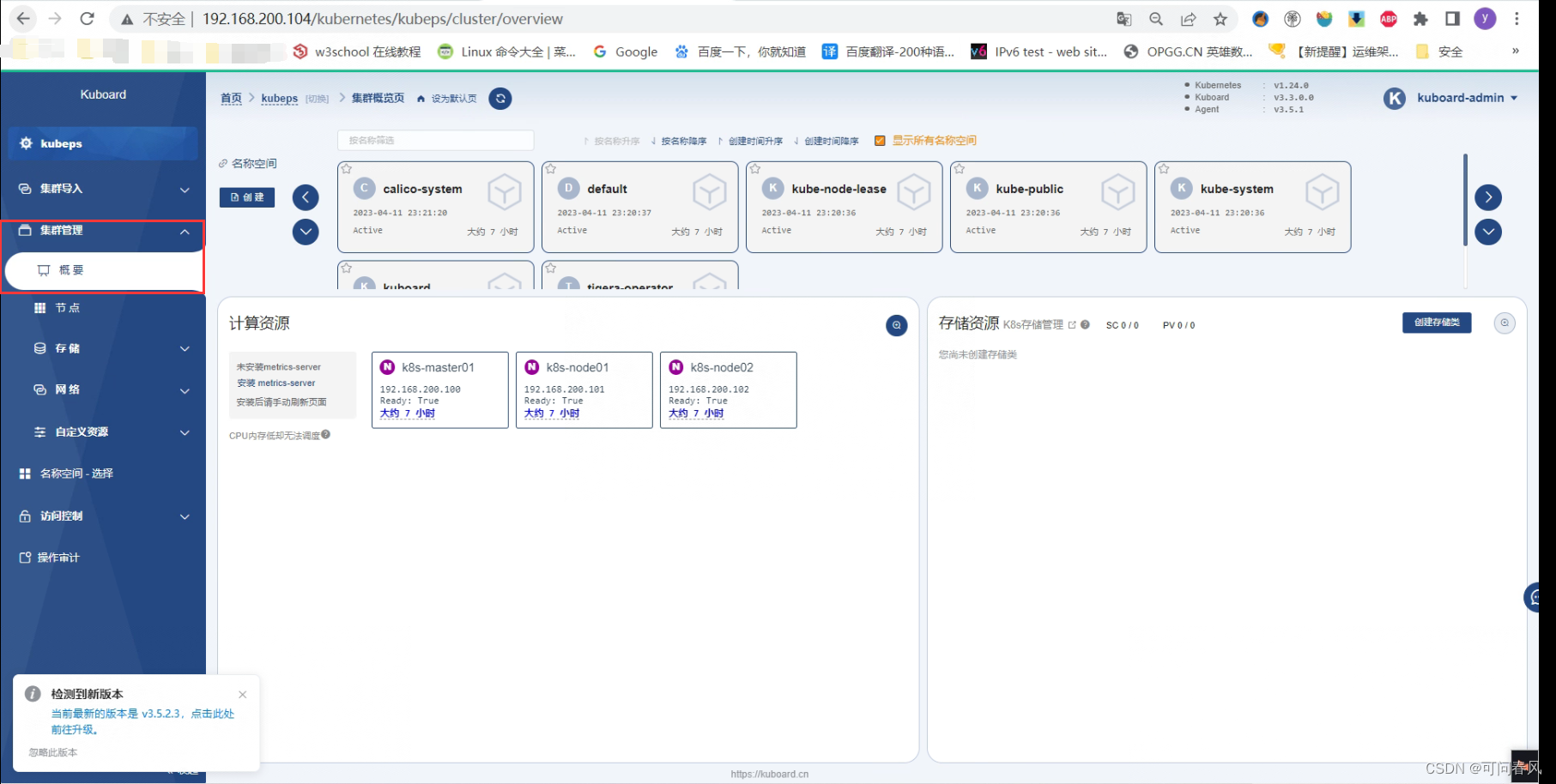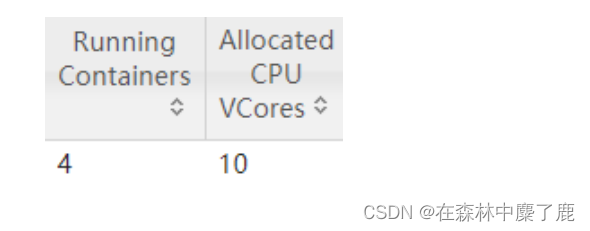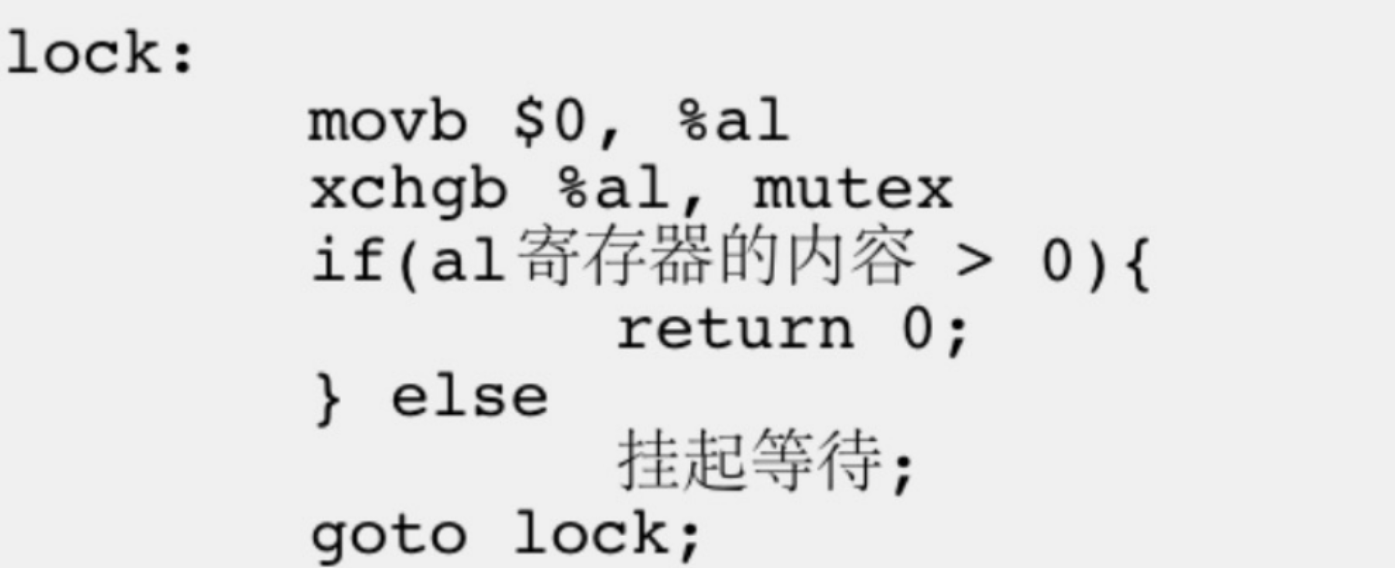Alice 和 Bob 计划分别去罗马开会。
给你四个字符串 arriveAlice ,leaveAlice ,arriveBob 和 leaveBob 。Alice 会在日期 arriveAlice 到 leaveAlice 之间在城市里(日期为闭区间),而 Bob 在日期 arriveBob 到 leaveBob 之间在城市里(日期为闭区间)。每个字符串都包含 5 个字符,格式为 “MM-DD” ,对应着一个日期的月和日。
请你返回 Alice和 Bob 同时在罗马的天数。
你可以假设所有日期都在 同一个 自然年,而且 不是 闰年。每个月份的天数分别为:[31, 28, 31, 30, 31, 30, 31, 31, 30, 31, 30, 31] 。
示例 1:
输入:arriveAlice = “08-15”, leaveAlice = “08-18”, arriveBob = “08-16”, leaveBob = “08-19”
输出:3
解释:Alice 从 8 月 15 号到 8 月 18 号在罗马。Bob 从 8 月 16 号到 8 月 19 号在罗马,他们同时在罗马的日期为 8 月 16、17 和 18 号。所以答案为 3 。
示例 2:
输入:arriveAlice = “10-01”, leaveAlice = “10-31”, arriveBob = “11-01”, leaveBob = “12-31”
输出:0
解释:Alice 和 Bob 没有同时在罗马的日子,所以我们返回 0 。
提示:
所有日期的格式均为 “MM-DD” 。
Alice 和 Bob 的到达日期都 早于或等于 他们的离开日期。
题目测试用例所给出的日期均为 非闰年 的有效日期。
int[] array=new int[]{0,31, 28, 31, 30, 31, 30, 31, 31, 30, 31, 30, 31};
public int countDaysTogether(String arriveAlice, String leaveAlice, String arriveBob, String leaveBob) {
for (int i = 1; i < array.length; i++) {
array[i]+=array[i-1];
}
int res=Math.min(getDay(leaveAlice),getDay(leaveBob))-Math.max(getDay(arriveAlice),getDay(arriveBob))+1;
if (res>0){
return res;
}
return 0;
}
public int getDay(String str){
return array[Integer.parseInt(str.substring(0,2))-1]+
Integer.parseInt(str.substring(3));
}

var array []int =[]int{0,31, 28, 31, 30, 31, 30, 31, 31, 30, 31, 30, 31}
func countDaysTogether(arriveAlice string, leaveAlice string, arriveBob string, leaveBob string) int {
for i := 1; i < len(array); i++ {
array[i]+=array[i-1]
}
min1,min2:=getDay(leaveAlice),getDay(leaveBob)
max1,max2:=getDay(arriveAlice),getDay(arriveBob)
if min1>min2 {
min1=min2
}
if max2>max1 {
max1=max2
}
res:=min1-max1+1
if res>0{
return res
}
return 0
}
func getDay(str string) int {
index,_:=strconv.Atoi(str[0:2])
v,_:=strconv.Atoi(str[3:])
return array[index-1]+v
}



















